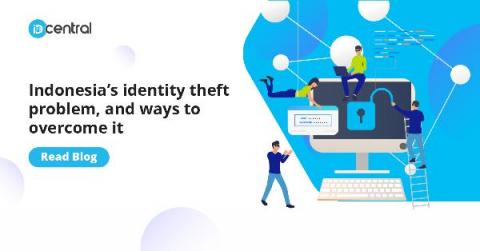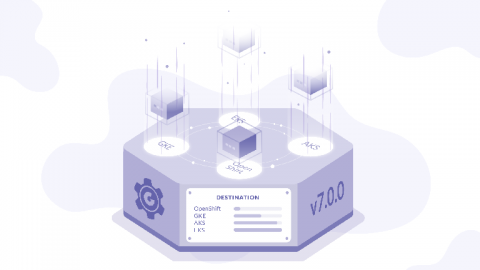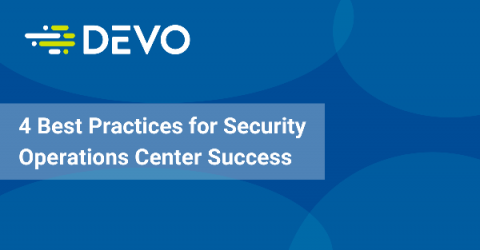Indonesia's identity theft problem, and ways to overcome it
Indonesia is amidst a digital transformation stage, with many digital businesses booming, especially in the finance sector. However, these efforts are being hindered by a rampant identity theft problem that the nation is facing.










